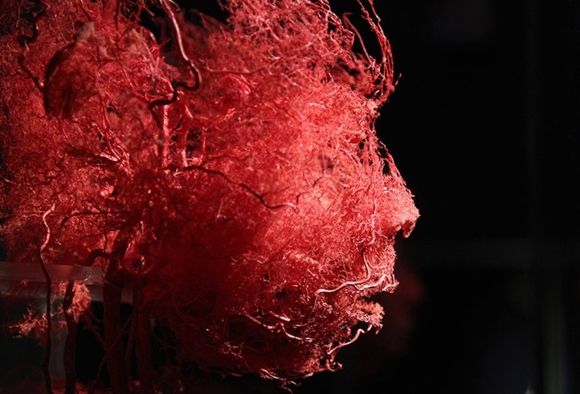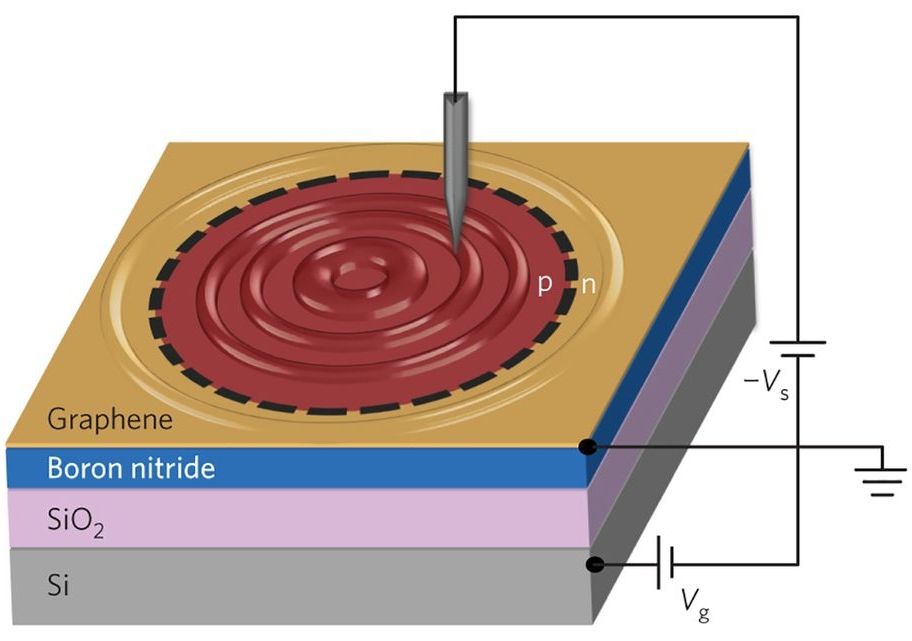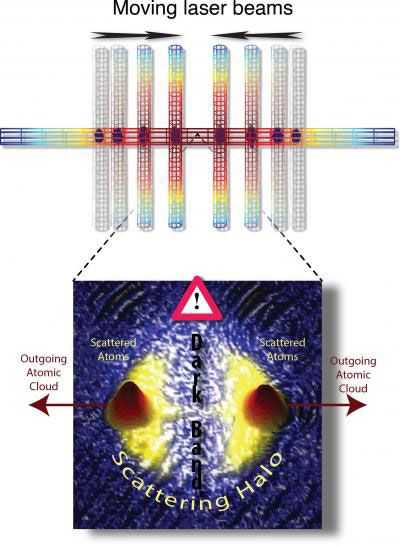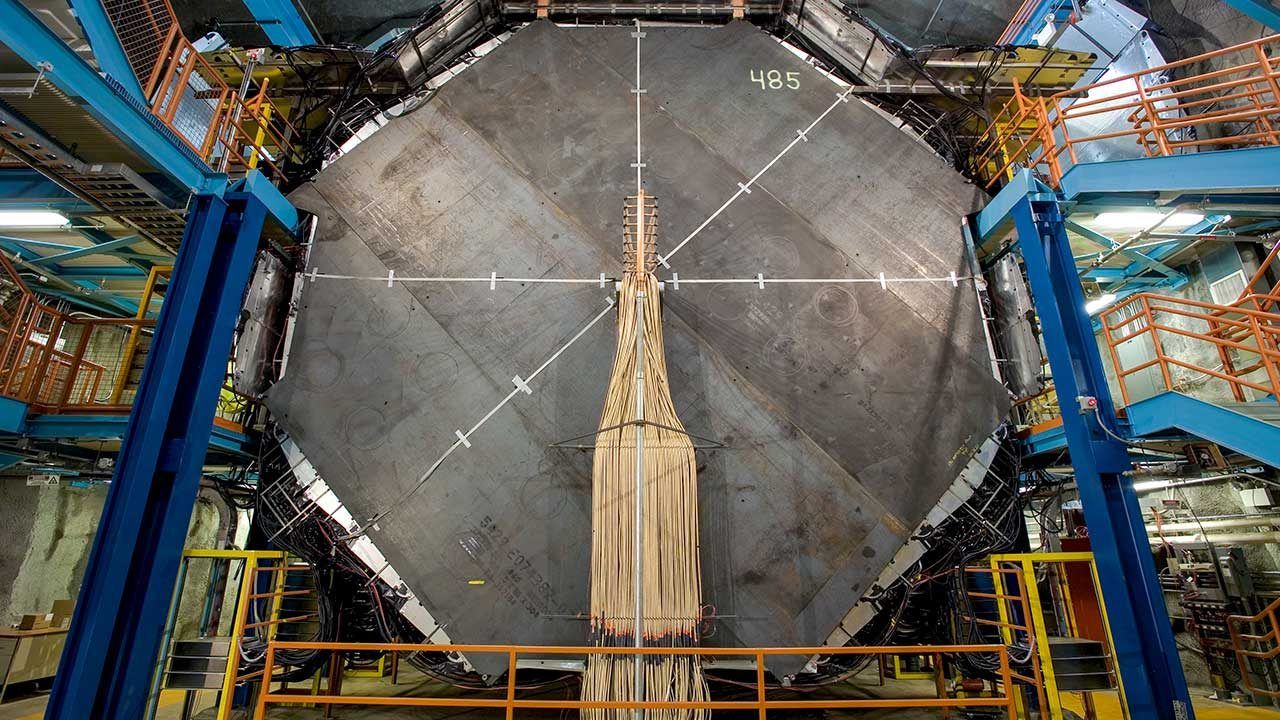Jul 16, 2016
Scientists Invent Particles That Will Let You Live Without Breathing
Posted by Shailesh Prasad in categories: biotech/medical, neuroscience, particle physics
Scientists invent particles that will provide oxygen to your body without breathing!!!
This may seem like something out of a science fiction movie: researchers have designed microparticles that can be injected directly into the bloodstream to quickly oxygenate your body, even if you can’t breathe anymore. It’s one of the best medical breakthroughs in recent years, and one that could save millions of lives every year.
The invention, developed by a team at Boston Children’s Hospital, will allow medical teams to keep patients alive and well for 15 to 30 minutes despite major respiratory failure. This is enough time for doctors and emergency personnel to act without risking a heart attack or permanent brain injuries in the patient.
Continue reading “Scientists Invent Particles That Will Let You Live Without Breathing” »

















